As part of the Forest Practices Board's 2011 compliance audit program, the Board selected the Fort St. James District as the location for a full scope compliance audit. Within the district, the Board selected six woodlot licences for audit. The Board audited woodlot licences W0657, W0295, W1893, W1431, W1881 and W1888.
This is the audit report for woodlot licences W1431, W1881 and W1888.
As part of the Forest Practices Board's 2011 compliance audit program, the Board selected the Fort St. James District as the location for a full scope compliance audit. Within the district, the Board selected six woodlot licences for audit. The Board audited woodlot licences W0657, W0295, W1893, W1431, W1881 and W1888.
This is the audit report for woodlot licences W0295 and W1893.
As part of the Forest Practices Board's 2011 compliance audit program, the Board selected the Fort St. James District as the location for a full scope compliance audit. Within the district, the Board selected six woodlot licences for audit. The Board audited woodlot licences W0657, W0295, W1893, W1431, W1881 and W1888.
This is the audit report for woodlot licence W0657.
As part of the Forest Practices Board's 2010 compliance audit program, the Board randomly selected the Fort Nelson Forest District as the location for a full-scope compliance audit. Within the district, the Board chose to examine activities involving two oil and gas licensees—Apache Canada Ltd. (Apache) and Devon Canada Corporation (Devon).
The Board’s audit fieldwork took place on October 4 and 5, 2010, for Apache, and October 6 and 7, 2010, for Devon.
The Forest Practices Board has had growing concerns about the cumulative effects of resource use on the British Columbia (BC) land base for a number of years. In our work examining forest and range practices, it was often apparent that other activities were impacting the land and water; activities that were not regulated under the Forest and Range Practices Act.
The Board decided to undertake a cumulative effect assessment case study in the Kiskatinaw River watershed near Dawson Creek, looking specifically at effects of resource development on drinking water, soil and caribou habitat. The Board also reviewed current literature relevant to the subject of cumulative effects assessment. At the same time, the Board reviewed a project-specific cumulative effects assessment as part of the investigation of a public complaint about an independent power project. This summary report is about the learning gained from these separate but related processes.
Related Videos
Cumulative Effects Web Presentations
by Marvin Eng, FPB
The audit examined forestry, oil and gas, and range activities, specifically with respect to soil conservaton, water quality and associated planning, in the Kiskatinaw River watershed. This audit involved several licensees:
